

The Marwari Heritage...
The Marwari Heritage
by: D.K. Taknet₹12,000.00 Original price was: ₹12,000.00.₹4,000.00Current price is: ₹4,000.00.
ISBN: 9788192976716
Year Of Publication: 2015
Edition: 1st
Pages : 511
Bibliographic Details : Appendices, Glossary, Index
Language : English
Binding : Hardcover
Publisher: International Institute of Management and Entrepreneurship (IIME)
Foreword By : Arvind Panagariya
Size: 34
Weight: 4000
Foreword
Introduction
Preface
1. Historical Background
2. Marwari Entrepreneurship in Pre-Independent India
3. Role of the Marwaris in the Freedom Struggle
4. Rapid Progress after Independence
5. Marwari Art of Giving
6. making their Mark: Visionaries and Pioneers
Appendix 1: Marwari Firms (1750-1940)
Appendix 2: Outstanding Marwaris in Various Fields
Popular Business Sayings
Special Tributes
Timeline
Selected Bibliography
Glossary
Photo Credits
Index
“The Marwari Heritage” Cancel reply
- Sale!Ardhanarisvara in Art and Literature by: Neeta Yadav
₹1,800.00Original price was: ₹1,800.00.₹1,620.00Current price is: ₹1,620.00.The scholarly work throws light on the artistic, aesthetic, literary and philosophical aspects of the Ardhanarishvara form of Shiva the form which is a divine expression of the amalgamation of the male and the female and is said to contain the whole world in it. Providing a conceptual and historical back-ground of the doctrines relating to Shiva and Shakti worship it involves an iconographical study of the Ardhanarishvara image, with the focus on its dress, ornaments, coiffure, posture and other features. With many visuals of the Ardhanarishvara images even the unpublished ones, it describes the images found in different parts of India and discusses the emergence of the deity relying on literary sources and theories. Explaining how the idea and actual representation of the unity of Shiva and Shakti came to acquire supreme importance with the growth of sects each worshipping the deity in its own form, Dr. Yadav points out that the Ardhanarishvara aspect is basically the output of the Tantra philosophy. Providing maps and line-drawings and a list of the places that have yielded Ardhanarishvara images, she makes an interesting and indepth analysis, based on extensive field-work, to come up with some brilliant and new explanations of the meaning and implications of the Ardhanarishvara.
- Sale!Love Songs of Nawab Wajid Ali Shah by: Harsha V. Dehejia
₹795.00Original price was: ₹795.00.₹716.00Current price is: ₹716.00.This impressively illustrated volume brings forth the evergreen spirit of a Muslim ruler of Awadh, Nawab Wajid Ali Shaw (1822-87), in composing love poetry taking a cue from the amorous Krishna leela and assimilating and practising the same in personal life. A trained Kathak dancer himself and a dedicated patron of poetry, painting and performing arts, Wajid Ali Shah immersed in the rasa of dance, music and drama, and got deeply indulged in the many an expression of shringar, while administering the political affairs of his state.
Recalling the different facets of Nawab Wajid Ali’s life, the book explores the state and fame of Lucknow, of his times, where the Nawab lived a life of refinement and pomp, and attracted the best talents in arts and crafts. It also portrays how were dance and music enjoying pride of place during his reign.
While presenting a penetrating account of Ali Shah’s poetry, the book revisits his musical scholarship, history of his times and presents his poems with English translation. It as well showcases the best paintings centring around his personal and cultural life, and guides one go through the religious and cultural harmony prevailed in Awadh where a lot of factors were at play effecting acculturation between the Hindus and the Muslims, popularly known as the Ganga-Jamuni tehzeeb. - Sale!Ramayana Culture by: Mandakranta Bose
₹800.00Original price was: ₹800.00.₹720.00Current price is: ₹720.00.These essays, originally presented at an international conference, are in the forefront of the modern response to an ancient work that has gained a new critical and social relevance in contemporary scholarship. Approaching the Ramayana from several angles in an attempt to understand its aesthetic and ideological meaning, they examine the epic through the perspectives of textual criticism, art, architecture and film. Thereby they address critical issues such as the seminal status of Valmiki, the underlying problem of canonicity itself, the importance of other — so-called derivative — Ramayanas, the implications of gender representation, and the cultural manipulation of social ideals relating to the position of women and the idealisation of love that achieves its highest value in marriage. Using the methods of rigorous textual and historical investigation, each essay seeks not only to uncover the layers of meaning in the complex structure of the epic in its varied forms but also to situate it critically in the cultures of South and Southeast Asia.
- Sale!Assimilation of Brahmanism into Buddhism by: Sampa Biswas
₹2,100.00Original price was: ₹2,100.00.₹1,890.00Current price is: ₹1,890.00.Assimilation of Brahmanism into Buddhism is a research work on Buddhism and Buddhist art of early medieval period in India. Archaeological materials and literary records suggest that Buddhism had a continuous existence during the third century bce to the thirteenth century ce in India. Though early Buddhism was totally different in its doctrines and faith from the Brahmanical system, the Buddhism of today is a religio-philosophical system having assimilated and adopted new ideas and beliefs from the environment in which it was born and nurtured.
The introduction of Tantrism bought Buddhism and Brahmanism closer to each other. It opened the gate to the vast field of Buddhist iconography along with Tantric practices, deities, mudras and mandalas. Many of these were influenced by the Brahmanic idea of godhead and some were the combination of one or more ideas of Brahmanic divinities. There was assimilation of a number of factors between Brahmanism and Buddhism.
This scholarly volume addresses the different aspects of this assimilation process by getting into a historical study of Hinayana and Mahayana Buddhism; outlining the political history, and socio-economic and religious changes during 300700 ce; scanning the political and economic background and the spreading of esoteric Buddhism; emergence of Vajrayana Buddhism; and providing a detailed sketch of Vajrayana images. - Sale!Bagore-Ki-Haveli by: Piers Helsen
₹95.00Original price was: ₹95.00.₹86.00Current price is: ₹86.00.Rajasthan boasts of many beautiful monuments and structures of the royalty which stand as evidence to Indias glorious ancient culture and heritage. The Bagore-ki-Haveli is one such edifice. The book takes us through the architectural wonders of the haveli to reflect what it had been the royal household of Maharaj of Bagore. With many splendid colour photographs of its impressive rooms, large balconies, wide terraces and attractive, leafy courtyards, it reconstructs the royal household and its functioning, customs and religious practices, costumes and ornaments, and arts and entertainment. It captures the artistic brilliance of the exquisite glass inlay work and paintings in the restored haveli including a gallery of Madhurastakam paintings describing the loveliness of Sri Krishna and his divine lover, Radha. The work highlights the charming style of the haveli that typifies the best of Mewari architecture but has a unique character of its own. The book, a visual delight presenting a glimpse into the royal lifestyle and splendour of the time, will be invaluable to historians studying the history, art and architecture of north India in the centuries before Indias independence and will also interest readers in general as well as tourists.


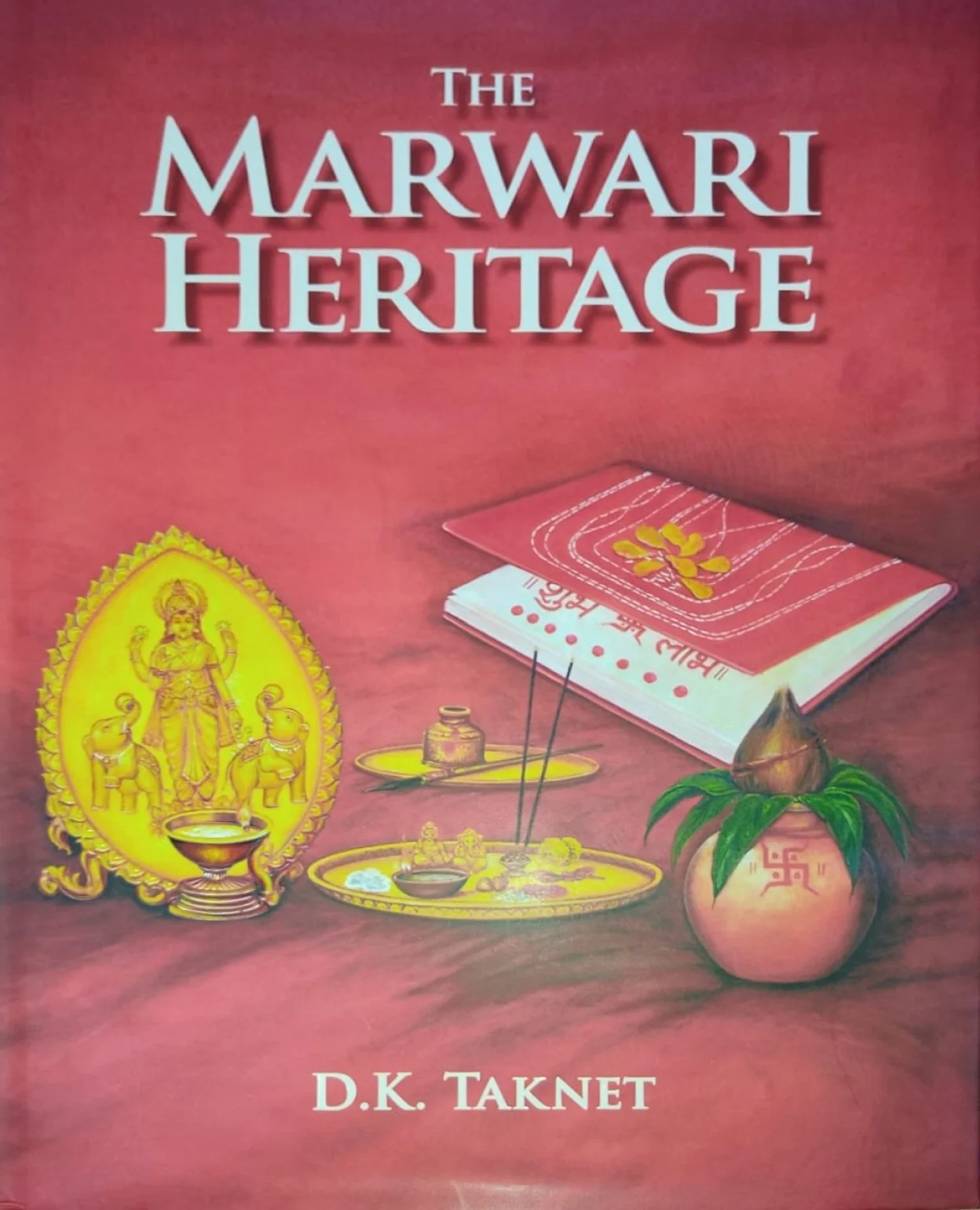
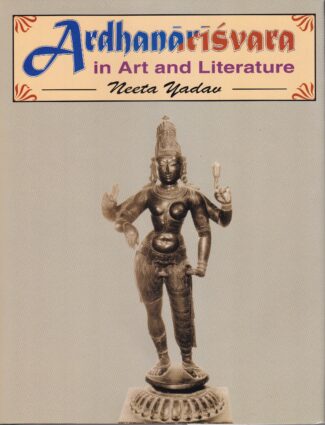
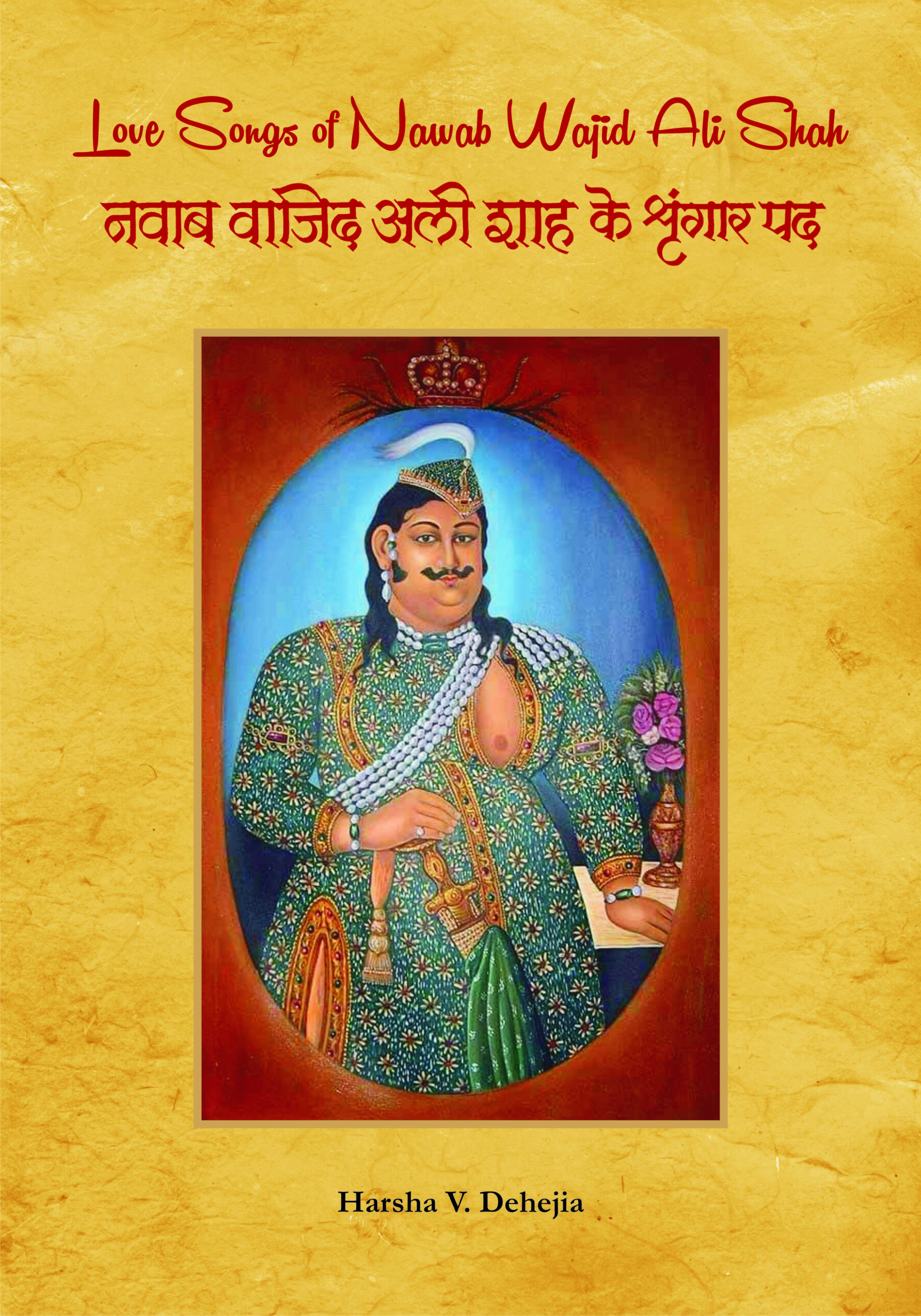
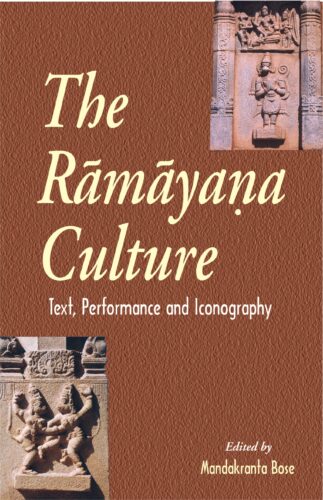
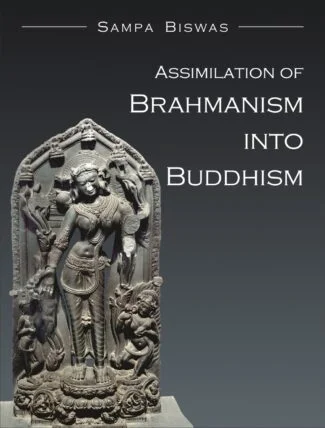
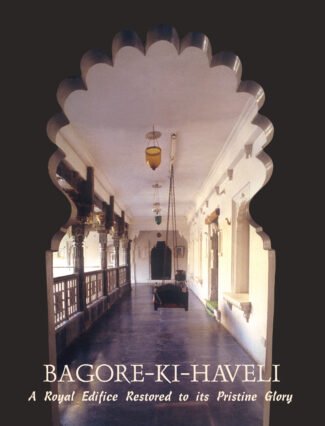
There are no reviews yet.